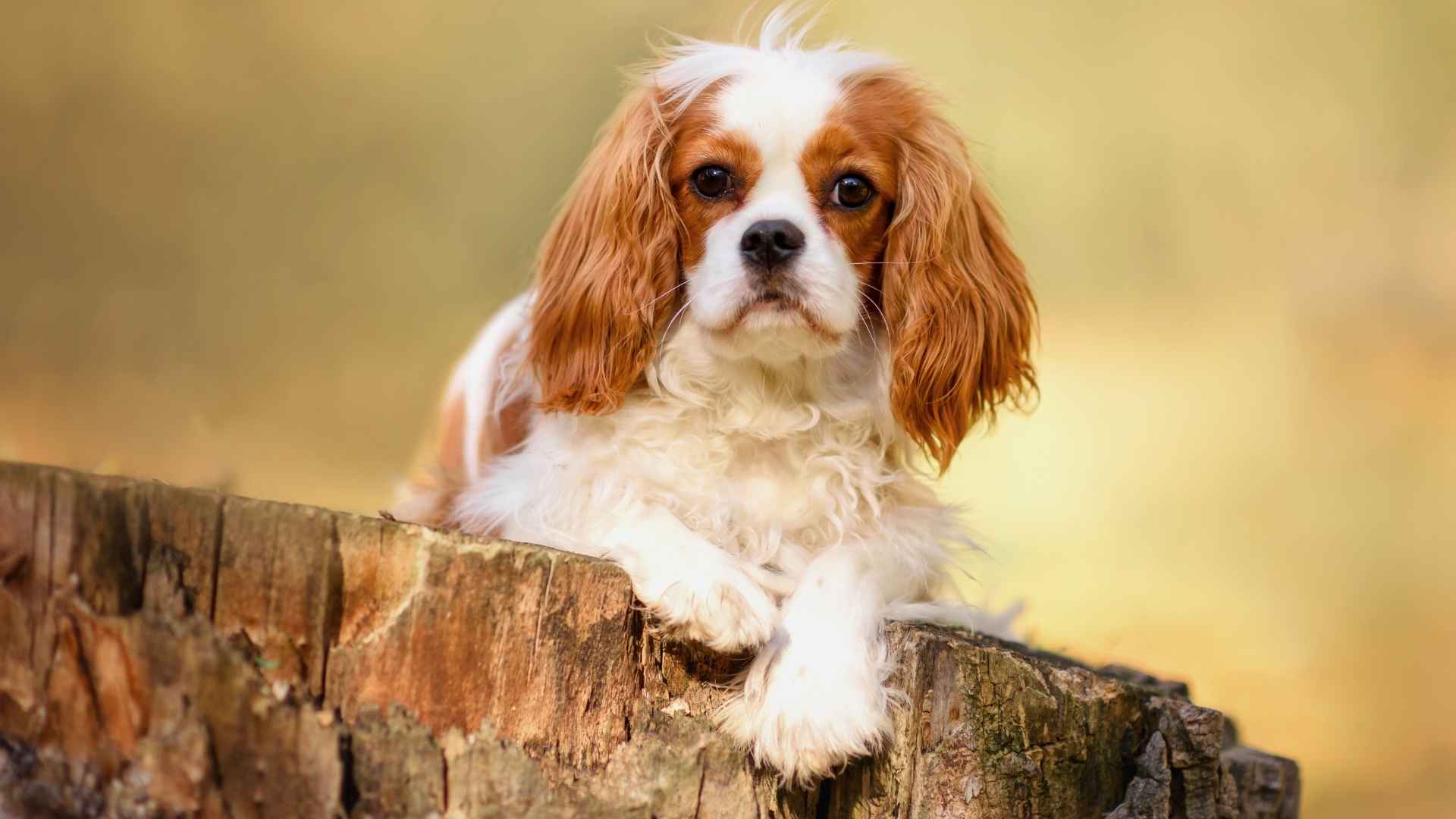Did you know that a dog’s ears are among their most sensitive organs, with over a dozen muscles controlling each one? That’s not just about hearing. It’s also about communication, touch, and yes, texture. Some breeds have ears so silky-soft, they’ve become known for it.
Their ears aren’t just adorable—they’re irresistible to pet. And it’s not random. Texture depends on coat type, blood flow, and even how a dog’s ears were bred to move through air or water.
While some breeds have stiff, upright ears, others have long, velvety ones that drape like silk. If you’re the kind of person who finds comfort in softness—whether in a blanket, a cat’s paw, or a pup’s ear—this list was made for you.
Here, you’ll discover dog breeds with the softest ears, why their ears feel that way, and what makes each one uniquely touchable.
Dog Breeds with the Softest Ears
1. Cavalier King Charles Spaniel
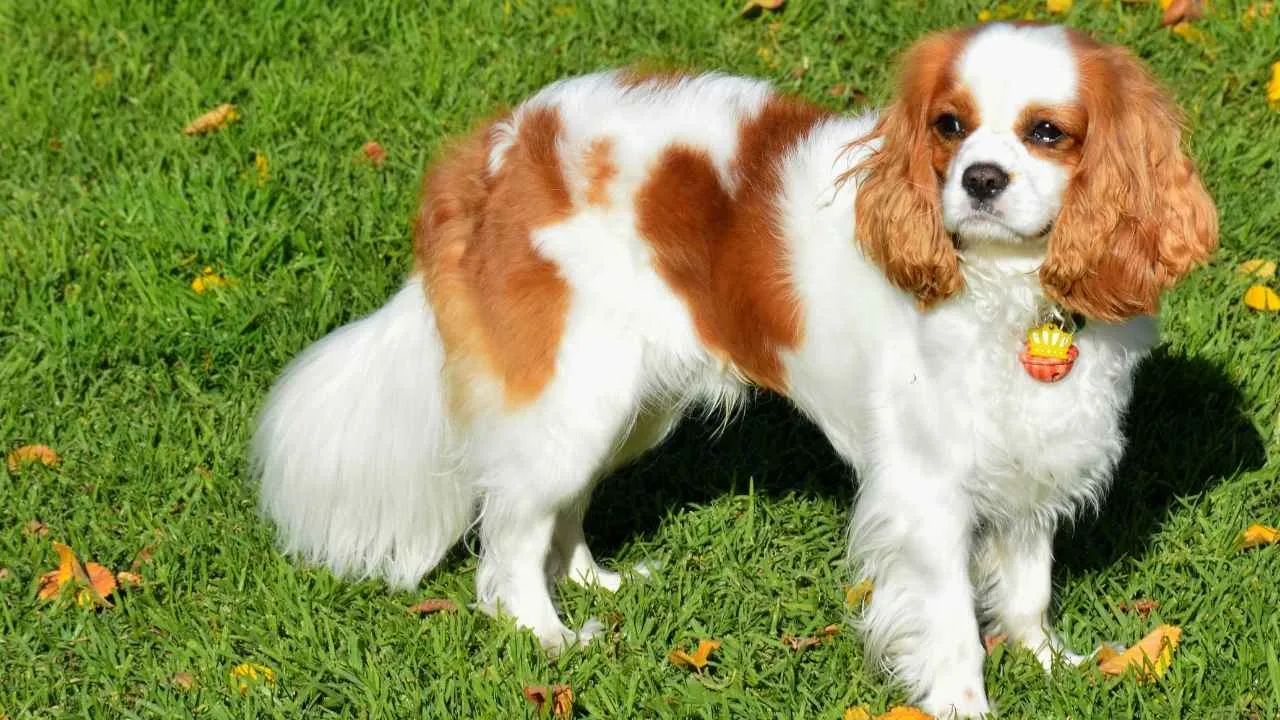
Their ears fall long with a fine feathered texture that feels more like brushed silk than fur. This softness runs through the outer and inner layers, not just on the surface. The strands are naturally smooth and rarely coarse, giving their ears a flowing, almost fabric-like feel.
Texture Maintained Through Detail
The softness of their ears is best preserved through frequent gentle brushing using wide-tooth combs. Groomers avoid hard bristles to protect the fragile strands from tangling or snapping. Even a few days without grooming can cause clumping behind the ears where the coat is densest.
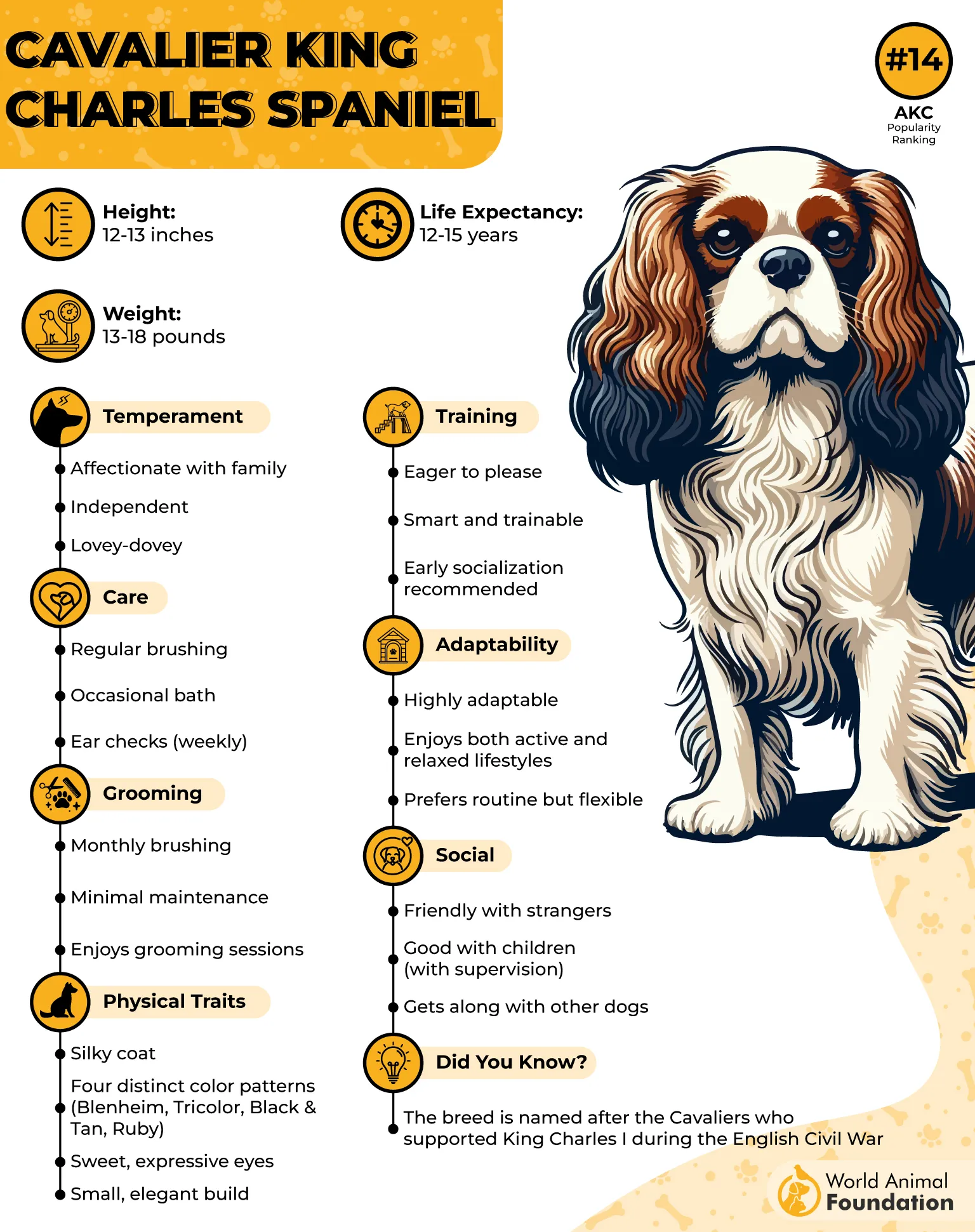
A Breed Known for Quiet Sensitivity
Cavaliers respond subtly to soft sounds and touch, and their ears often move slightly with emotional cues. They’re known for resting their heads without pressure, letting their feathered ears fold softly beside them. That slow ear movement is part of how they quietly express contentment.
Ears Framing Their Expressive Nature
Their long ears shape the outline of their face and highlight their large, round eyes. This combination gives them a naturally gentle expression that rarely needs interpretation. Though originally bred for companionship, many pet parents mention their ears as the breed’s most endearing feature.
2. Dachshund
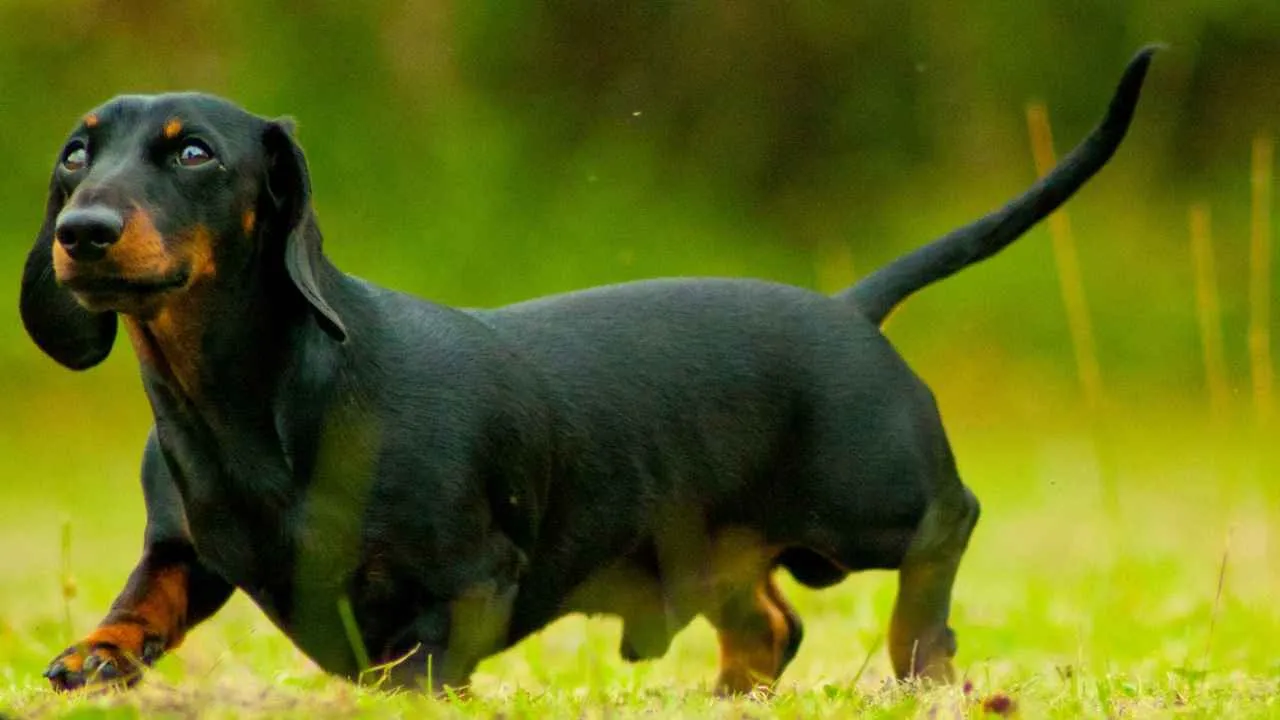
Dachshunds have long, pendant-shaped ears that extend below their jawline and taper at the ends. Their ears fold close to the head and are covered in smooth skin with minimal coarseness. These low-set ears contribute to their scent-tracking abilities by helping trap odors near the nose.
Texture That Needs Gentle Maintenance
The ears tend to collect debris due to their positioning, making routine cleaning necessary for hygiene and softness. Short-haired varieties feel sleek to the touch, while long-haired ones offer a silkier texture with mild feathering. Moisture retention around the ear base also requires careful drying after baths.
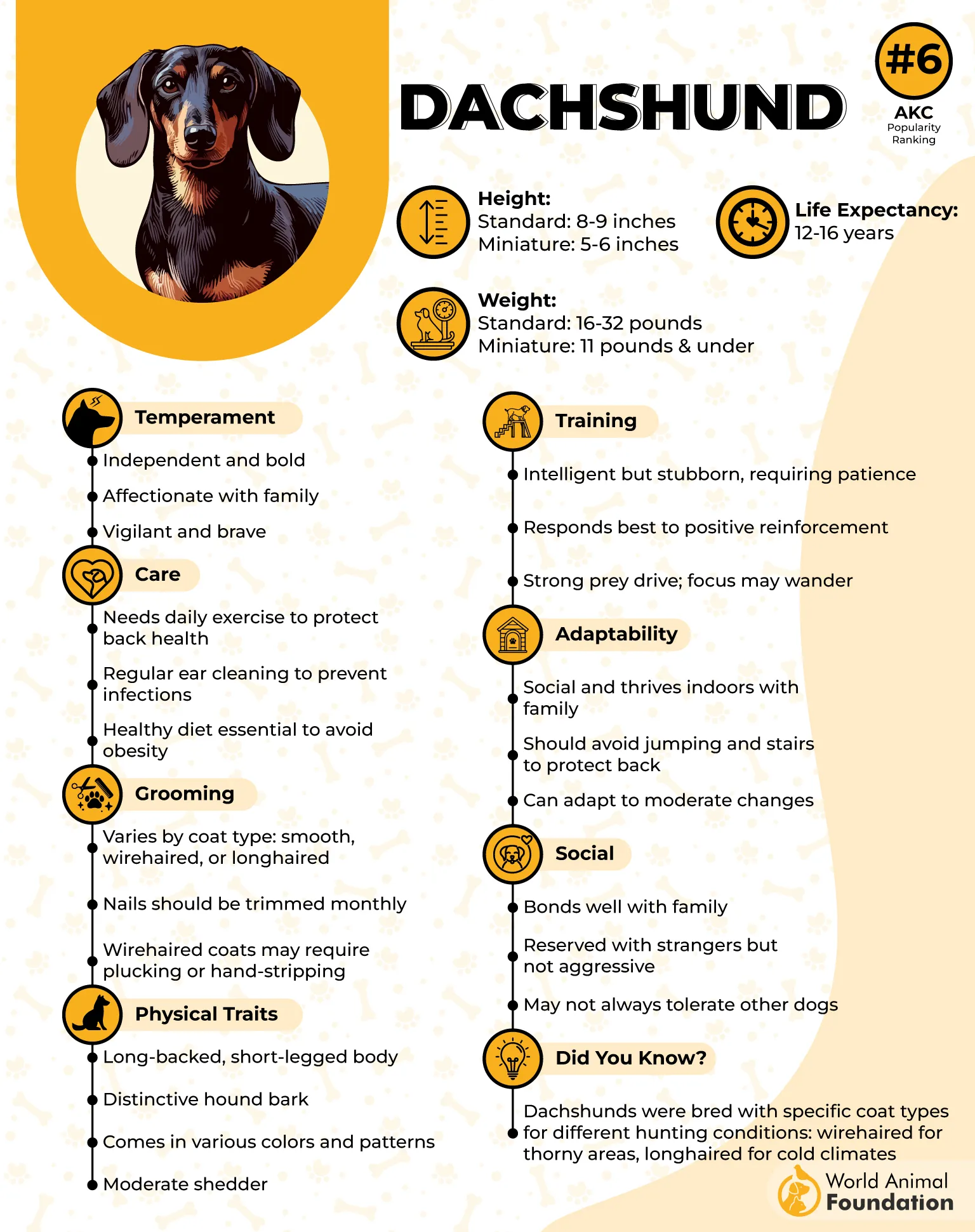
Breed History Linked to Scent
Dachshunds were developed for ground-level scent work, which is why their ear shape was designed to sweep the scent toward the face.
Their ear structure is still closely studied among floppy-eared dogs in scent-driven tracking breeds. The tactile surface of their ears helps them detect environmental shifts subtly.
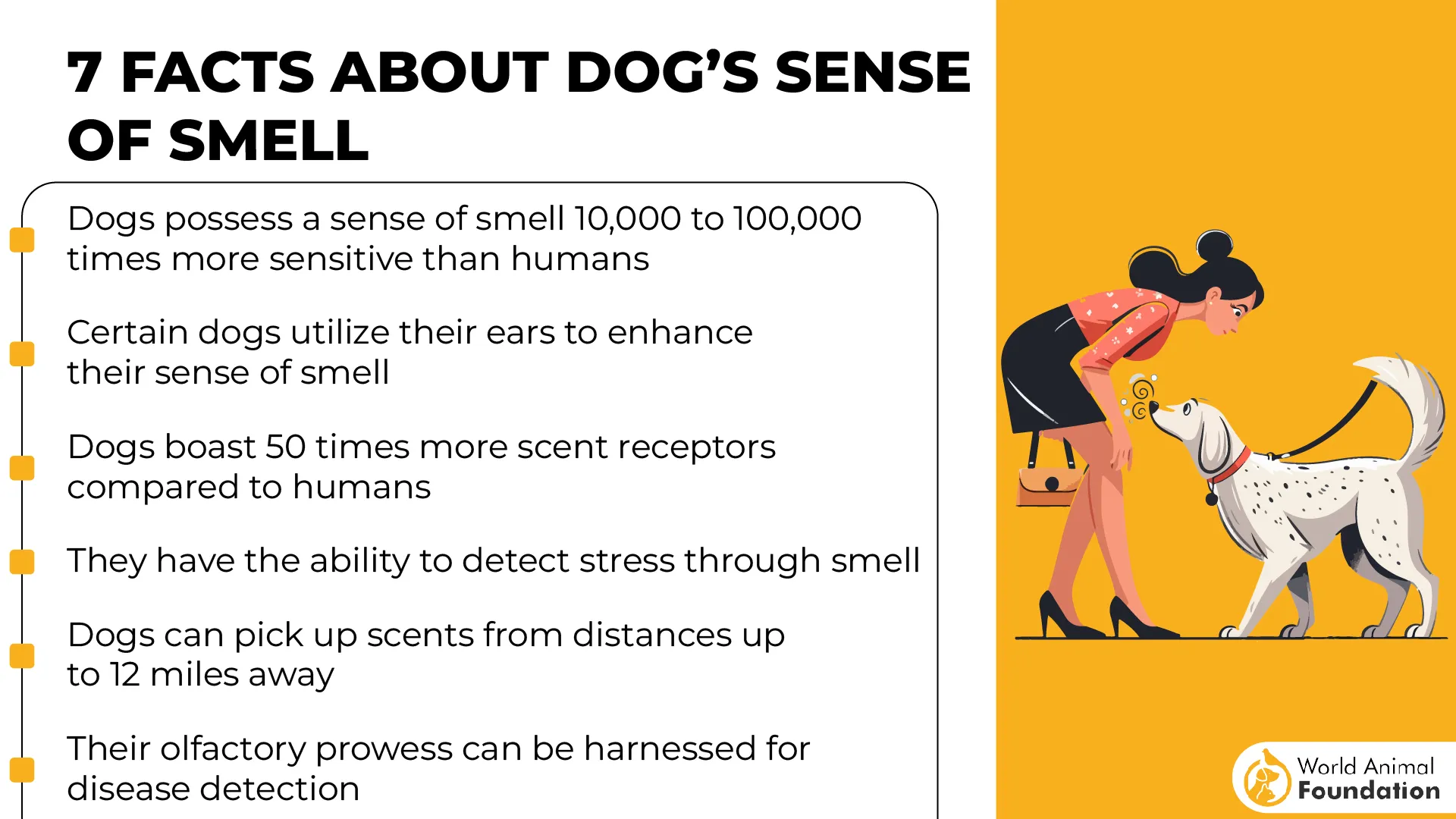
A Recognized Silhouette in the Canine World
Their stretched frame, paired with droopy ears, makes them one of the most recognizable shapes in the dog world. These ears often rest over their cheeks while lying down, and pet owners often note how warm and soft they stay against the skin.
3. Havanese
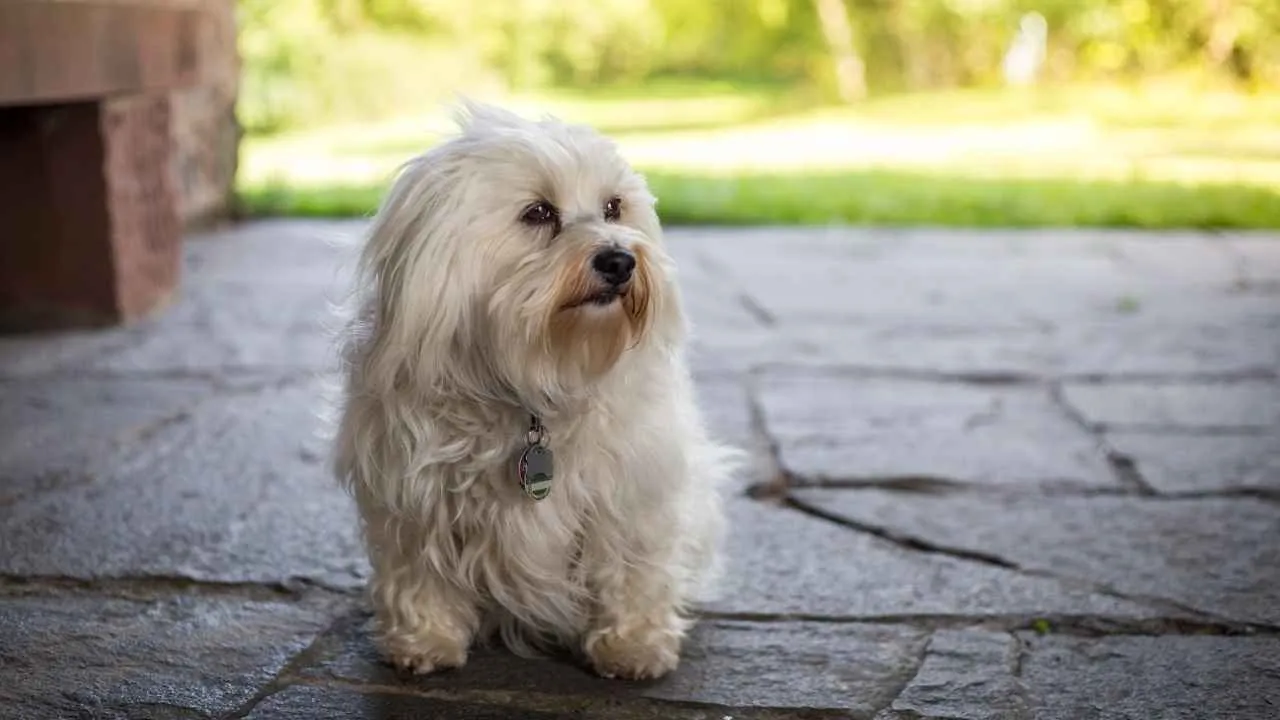
The Havanese dog has long, drooping ears that blend seamlessly into its coat, often hidden in the waves of its fur.
When lifted, the texture reveals itself — soft and feather-light to the touch, with no harshness in the strands. Because their hair continues growing, the softness becomes more apparent as the ears lengthen.
Maintenance Adds to Their Texture
Daily brushing is usually recommended since mats tend to form close to the base of the ear, where warmth collects.
Professional groomers often trim around the dog’s ears to maintain that airy, silky feel without the weight pulling them down. Without routine care, the strands lose their softness and become stringy.
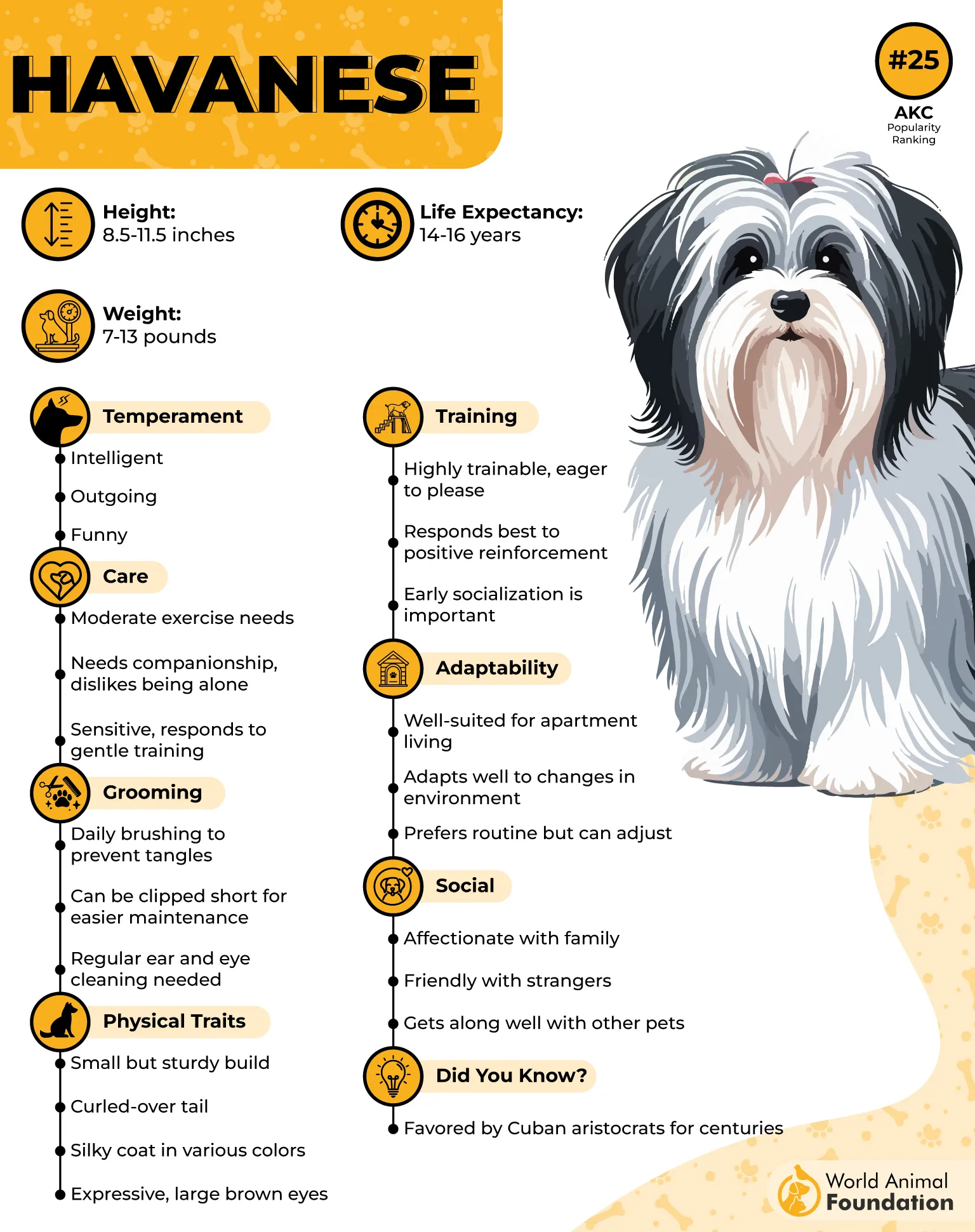
Expressions Enhanced by Their Ears
Their dropped ears frame their face and amplify their lively expressions without overwhelming their features. You’ll often see their ears flutter slightly when they tilt their head or react to familiar voices. These movements aren’t exaggerated but reflect a quick, subtle responsiveness that’s easy to miss.
A Distinct Trait in Companion Breeds
Among small dogs, the Havanese stands out for the fine, fast-growing texture of the coat on and around the ears. Historians note that they were once referred to as “Havana silk dogs” in Cuba because of their light and silky outer coat, as per Orvis.
4. Shih Tzu
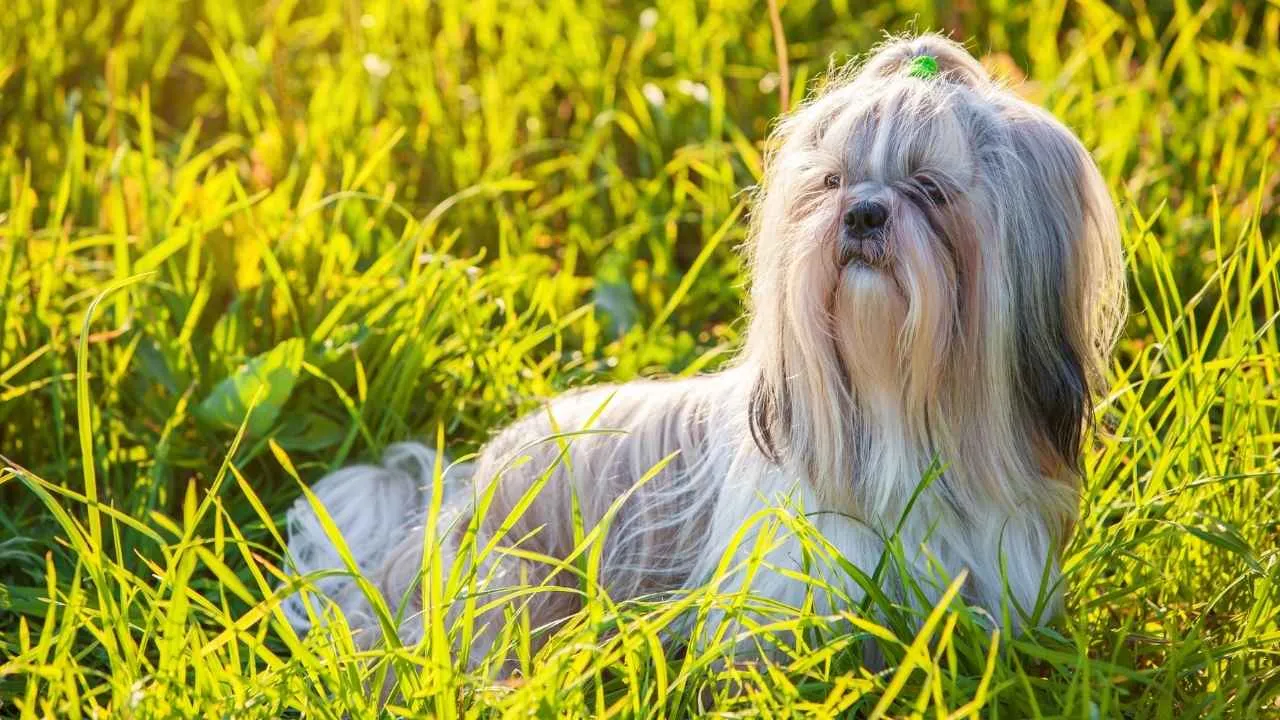
The Shih Tzu’s ears are fully hidden under long, luxurious hair that falls from the crown. This coat grows evenly around the ears, making them blend seamlessly into the rest of the body. When brushed daily, the ear fur feels soft and feather-light to the touch.
Grooming Keeps Texture Intact
Because the ear hair grows continuously, knots form easily around the folds if left unattended. Regular brushing, especially near the base, prevents tangles and keeps the silky texture intact. Some owners apply light detangling spray during grooming to maintain moisture and softness.
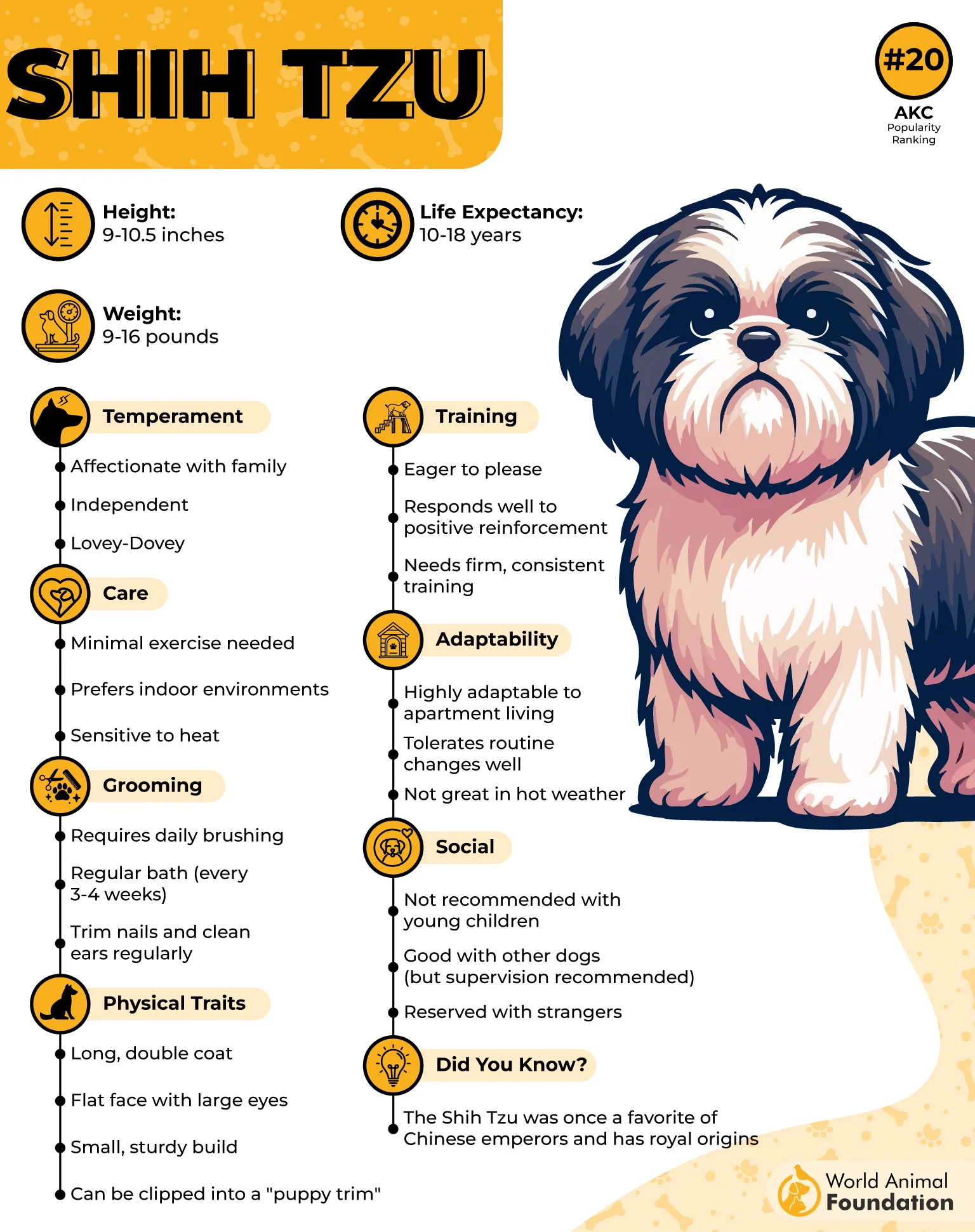
Calm Nature with Minimal Ear Movement
Shih Tzus are known for their even temperament and minimal reaction to sudden sounds. Their ears stay close to the head and rarely lift unless they’re actively alert. This stillness adds to their peaceful presence, making them one of the most favored lap dogs today.
A Royal Background That Shaped the Breed
Historically linked to Chinese royalty, they were selectively bred to emphasize a flowing coat, especially around the head and ears.
Their breed standard includes details about long, well-feathered ears that frame the face. They’ve remained a good family dog, appreciated for both their temperament and appearance.
5. Bolognese
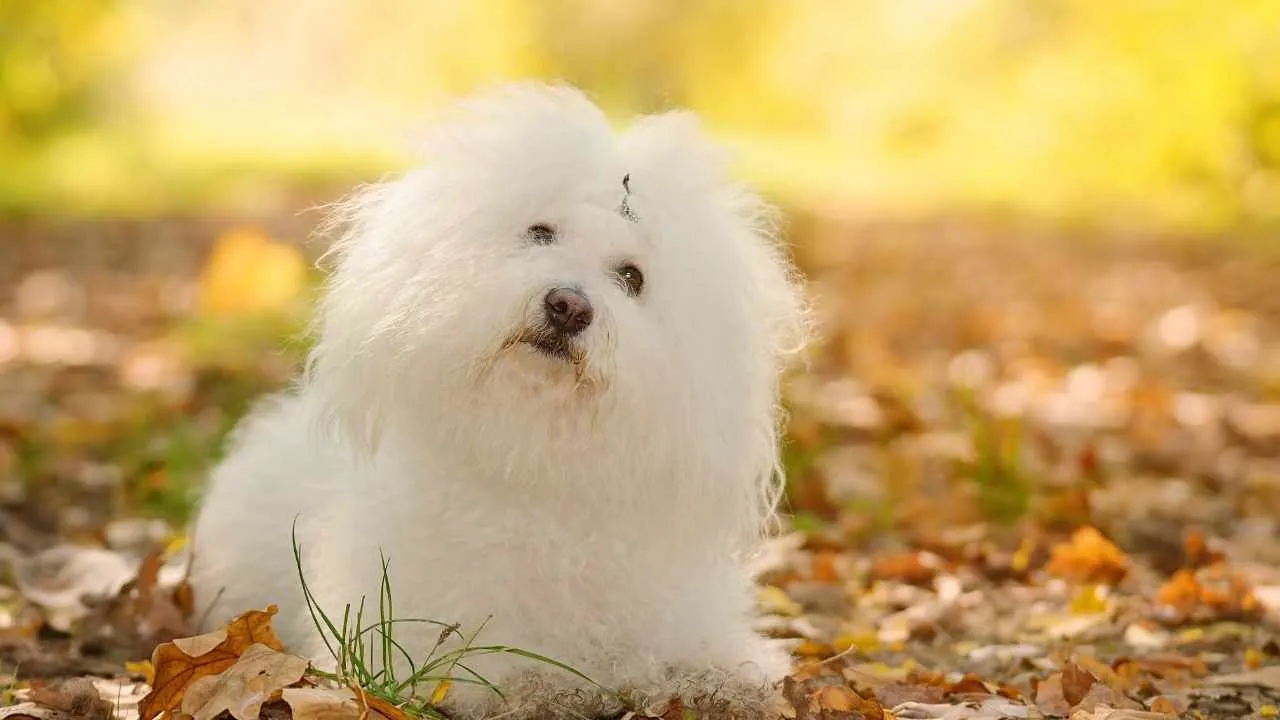
The Bolognese has long, dropped ears fully covered in dense, cotton-like white hair. Unlike silky-coated breeds, the fur here has a puffy texture with light springiness. The hair remains soft throughout, even at the thicker base, giving their ears a plush and airy finish.
Maintenance for Texture and Cleanliness
Their ears need frequent brushing with a metal comb to stop the soft curls from matting. Since their coat lacks an undercoat, debris and tangles build faster behind the ears. Groomers usually avoid product-heavy care near the ears to preserve natural softness.
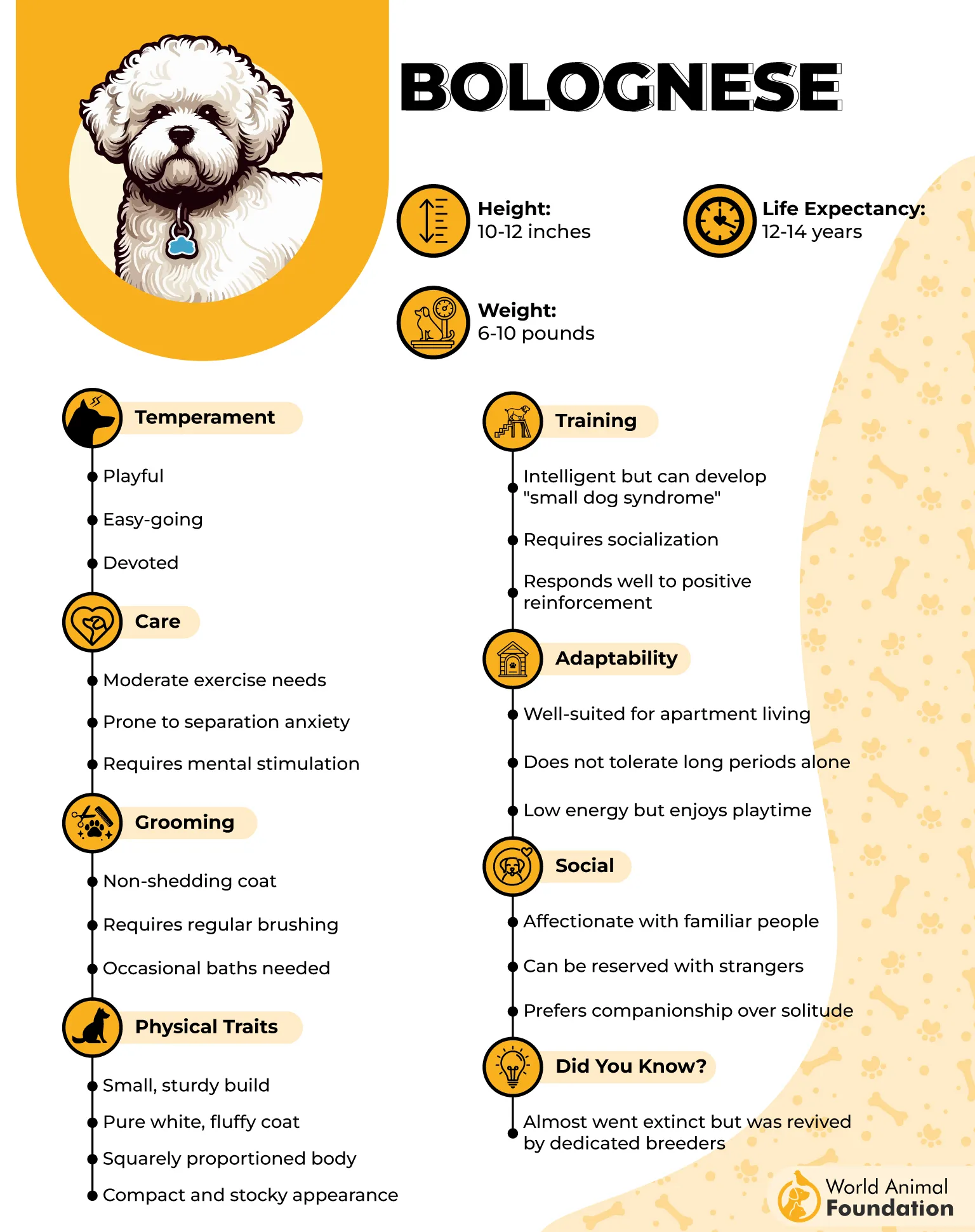
Movements Stay Subtle and Light
These dogs have minimal ear movement but stay alert through focused listening. The ears lie flat against the head yet shift gently with changes in tone or noise. Their calm temperament often shows through how quietly their ears respond to their environment.
Known for Their Balanced Disposition
Bolognese dogs are calm, affectionate, and widely recognized as great family dogs with gentle social manners. They coexist peacefully with other dogs, rarely showing territorial behavior. Their clean, fluffy ear texture often stays light even between baths if brushed regularly.
6. Japanese Chin
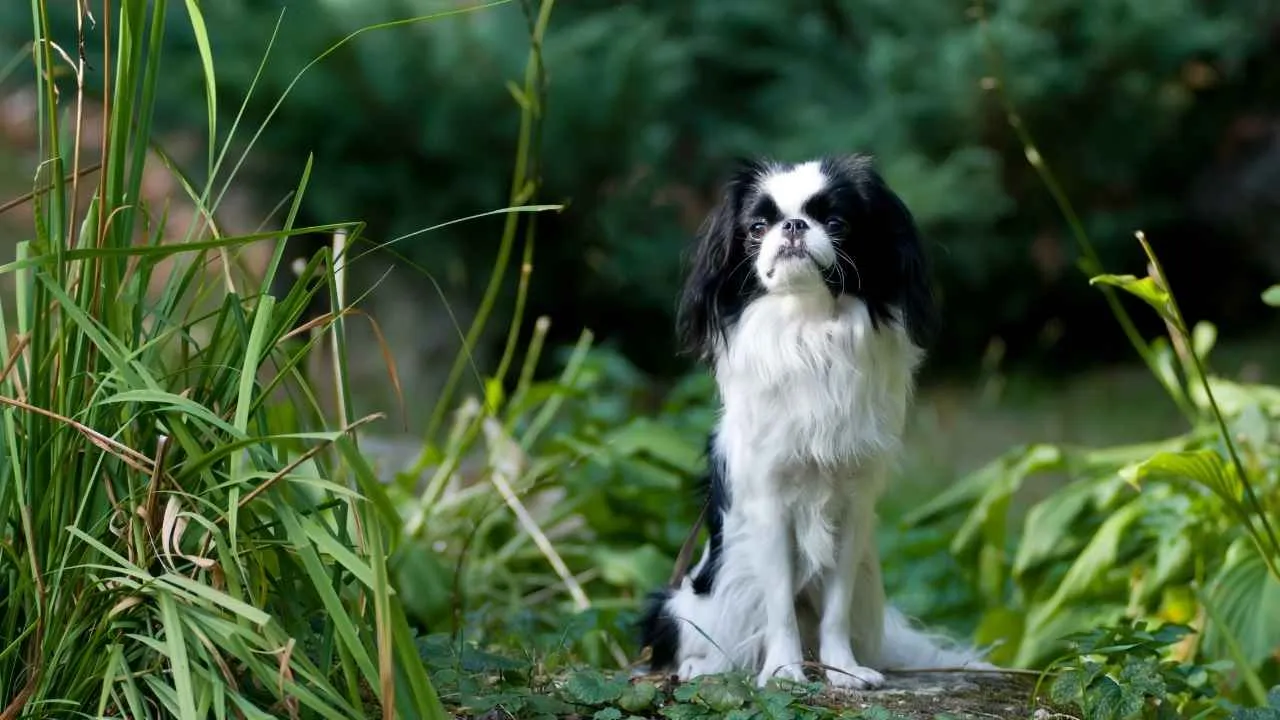
The Japanese Chin has large, high-set ears draped in long, straight hair that falls like a light fringe. Their feathering is concentrated near the base and tips, creating a fan-like effect. This natural flow of the coat gives their ears a distinct elegance that’s easy to distinguish by touch and sight.
Clean, Delicate Ear Structure
Their ears are surprisingly light and thin beneath the hair, making them prone to buildup if not cleaned regularly. Most owners maintain softness by using dampened cotton rounds once a week. The coat behind their ears is fine, and mats develop quickly if grooming is skipped.
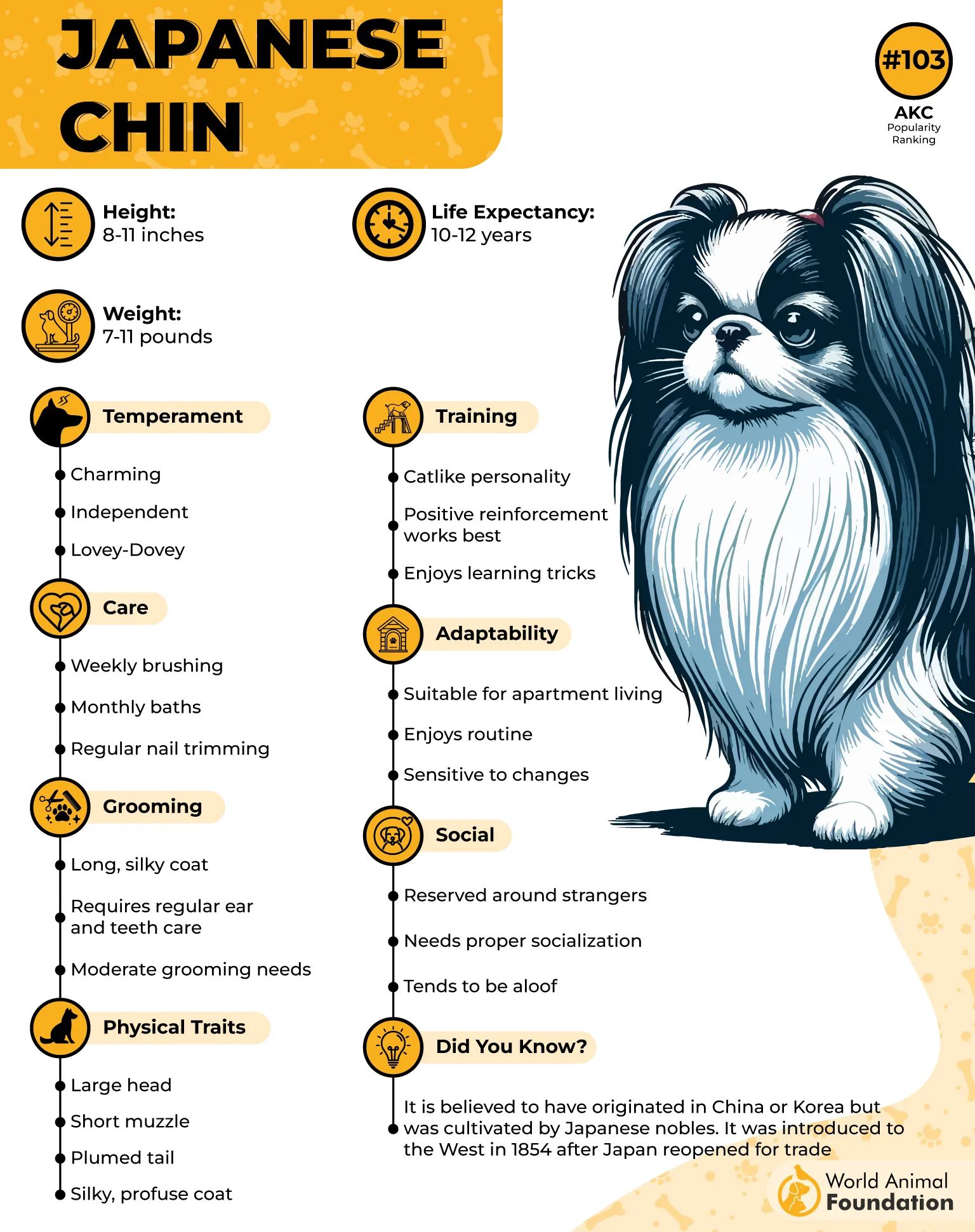
Distinctive Breed Behaviors
According to the AKC, they’re known for the “Chin Spin,” a light twirl performed when excited, causing their feathered ears to flick outward with each turn.
Few breeds display such a signature move tied so closely to their coat movement. This spin is a result of their cat-like reflexes and light bone structure.
A Quiet and Observant Personality
Japanese Chins are silent observers, often watching people intently with stillness rather than motion. Their ears sit slightly tilted forward when alert, amplifying their expressions.
They bond closely with their person, earning them a reputation as a loyal companion with strong emotional awareness.
7. Coton De Tulear
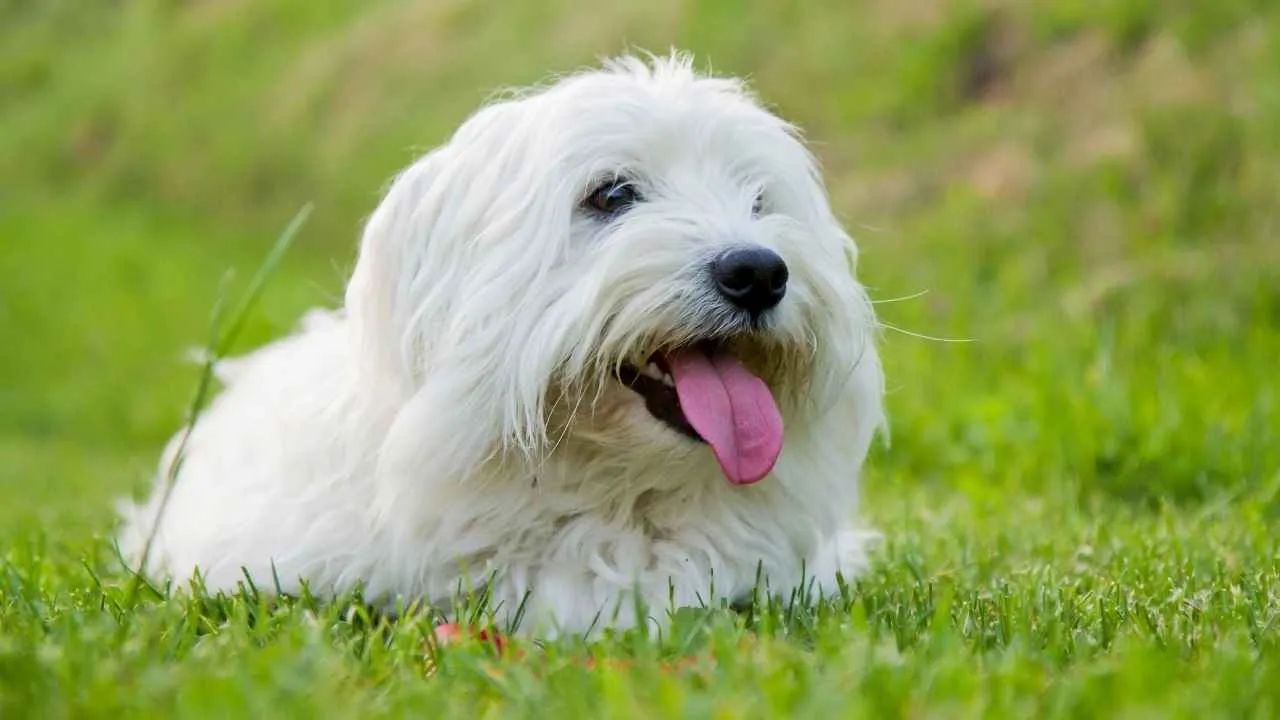
The Coton de Tulear has medium-length ears that fold down and blend into its dense, cotton-like fur. Their texture is dry and light to the touch, not oily or heavy like other long-coated breeds. This dry softness makes the ear hair airy, easy to part, and gentle under the fingers.
Fine Coat Requires Consistent Handling
Because their ear hair tangles easily, careful brushing a few times a week is essential. Most owners use pin brushes or soft combs designed for fragile, textured coats. Moisture buildup under the ears can also lead to matting, especially in humid environments.
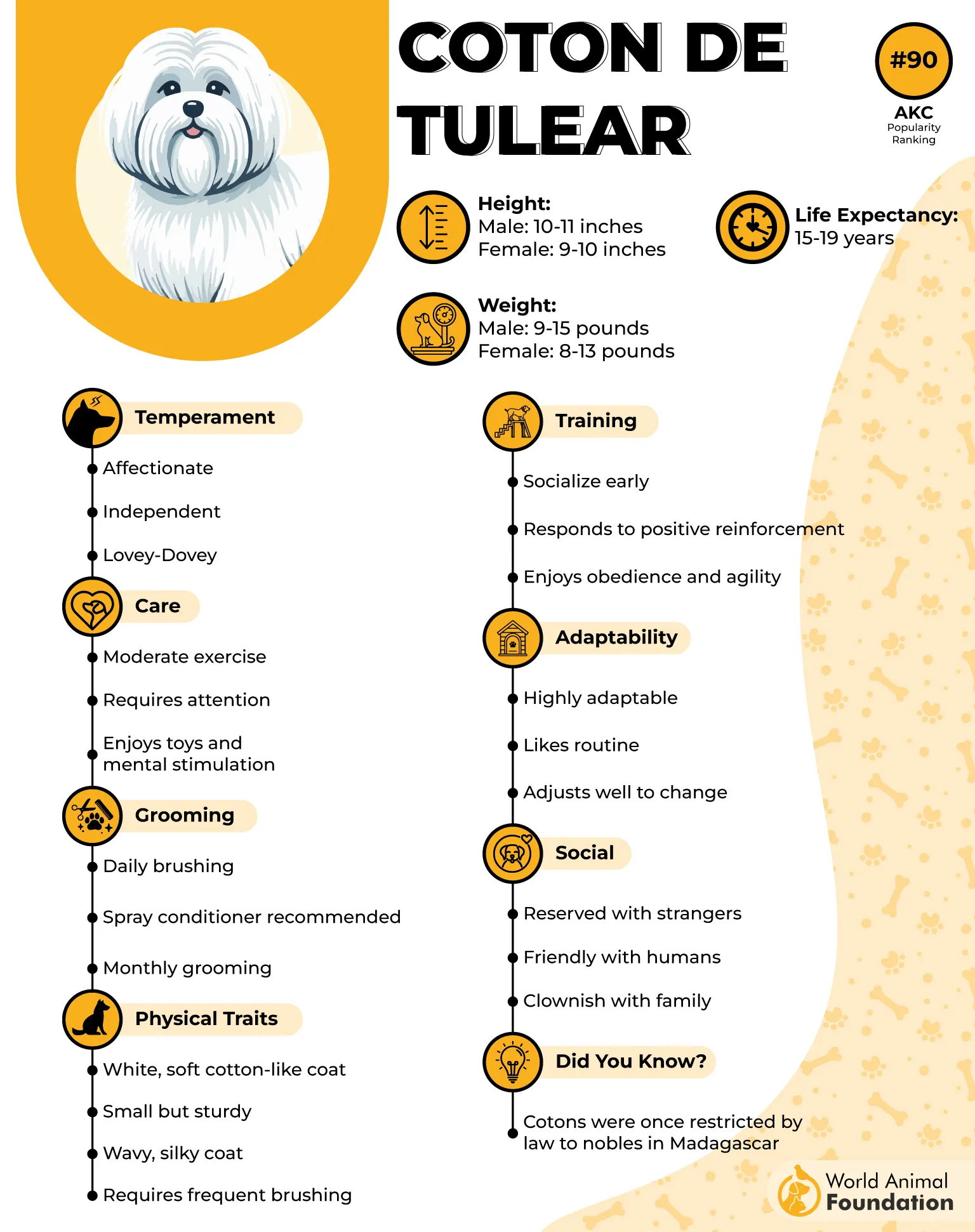
Naturally Calm and Social in Temperament
Cotons are often described as quiet, people-oriented dogs with a strong desire to stay close. They enjoy being involved in human routines and may follow their family from room to room. Their soft ears often hang close to their cheeks when they’re resting or listening intently.
A National Symbol with a Gentle Presence
Originally from Madagascar, they are officially recognized as the country’s royal dog with centuries of local admiration, as stated in the North American Cotton Association.
Known as natural companion animals, they adapt well to different living spaces. Their calm behavior and affectionate traits make them naturally friendly dogs with everyone they meet.
Conclusion
When it comes to comfort, few things compare to velvety ears gently folded beside a loyal pup’s face. Whether it’s a toy breed like the Japanese Chin or a fluffier companion like the Bolognese, certain dog breeds with floppy ears seem made for cuddles.
While some of these dogs are more laid-back, others, like the Dachshund, come from sporting dogs or even athletic dogs with a history in the field. From soft textures to expressive movement, floppy ears hold a charm unmatched even by the most popular dog breeds.
Whether you love a fluffy coat or just the feel of big floppy ears beneath your hand, these companions are unforgettable. And don’t forget—healthy ears start with a clean ear canal and proper grooming, especially in breeds with floppy ears.


